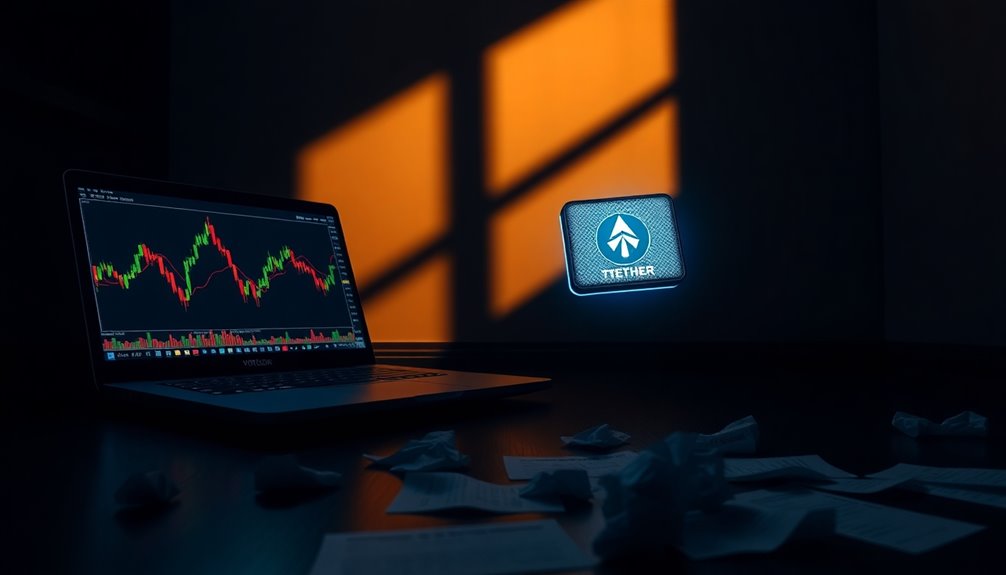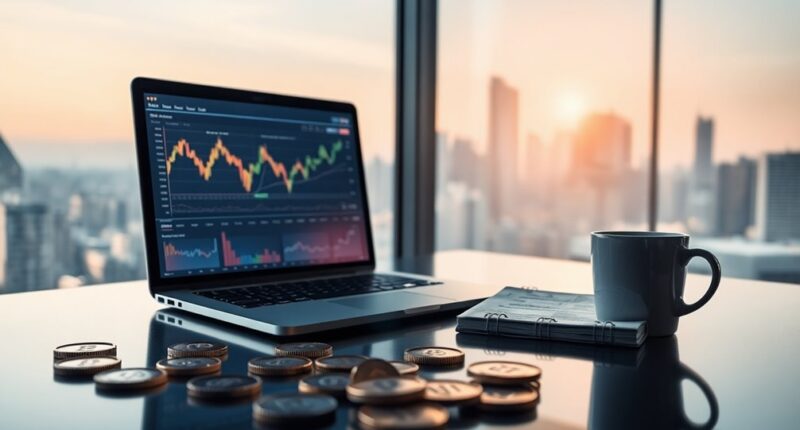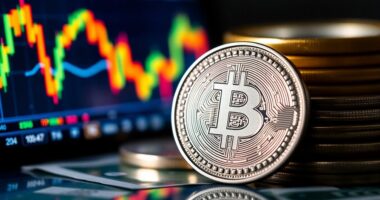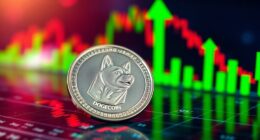You might be wondering if Bitcoin is truly dead as it faces increasing scrutiny. With Tether's USDT now integrated into Bitcoin, it's tempting to see this as a lifeline. However, could this be a tactic to sidestep necessary audits? The implications of this move raise questions about transparency and regulation in a changing landscape. What does this mean for the future of Bitcoin and its ecosystem?

Is Bitcoin really dead, or is it just evolving? The ongoing developments in the cryptocurrency world suggest it's far from over. In 2023 and 2024, Bitcoin witnessed a remarkable price surge, surpassing its previous all-time highs and even outperforming the S&P 500.
If you're one of the many keeping an eye on this digital currency, you might be excited to hear that experts predict Bitcoin prices could soar to between $150,000 and $200,000 by 2025. With 60% of Americans familiar with crypto believing in Bitcoin's potential for value growth, there's a significant boost in confidence within the sector.
As interest in Bitcoin grows, it remains the most sought-after cryptocurrency, with 66% of individuals planning to invest in crypto by 2025 expressing interest specifically in Bitcoin. This strong ownership trend highlights Bitcoin's resilience and mainstream appeal.
Moreover, it surpassed the $100,000 mark for the first time in late 2024, marking a crucial milestone in its journey toward widespread adoption. 28% of American adults now own cryptocurrency, showcasing a growing acceptance of digital assets.
Amidst this backdrop, Tether's USDT integration into Bitcoin's base layer and the Lightning Network is set to transform the landscape further. This development enhances transaction speed and reliability, making Bitcoin more accessible and affordable. The implementation of layering concepts allows for better organization and efficiency within Bitcoin's infrastructure.
The Lightning Network effectively tackles Bitcoin's scalability issues, paving the way for broader adoption. With stablecoins like USDT linking traditional finance and cryptocurrencies, Bitcoin's ecosystem becomes even more robust.
However, Tether's growing prominence isn't without challenges. The regulatory environment surrounding stablecoins is tightening, and Tether faces increased scrutiny due to its role in global finance.
There's a pressing need for comprehensive auditing processes to ensure compliance and stability. You might also be concerned about the potential conflicts of interest tied to political figures associated with Tether, as well as the implications of anti-money laundering regulations.
Despite these hurdles, the overall sentiment toward Bitcoin remains optimistic. Cryptocurrency ownership is on the rise, with projections indicating that up to 70% of American adults may own crypto by 2025.
Investor sentiment suggests that Bitcoin's price surges and increased adoption will propel the crypto market forward. As pro-crypto regulations and ETF approvals emerge, Bitcoin's growing acceptance signals its evolution rather than its demise.









